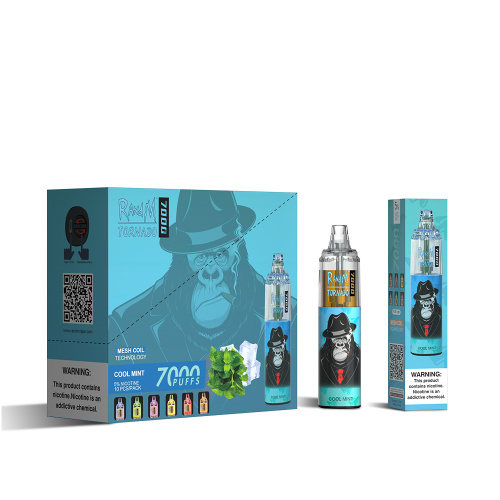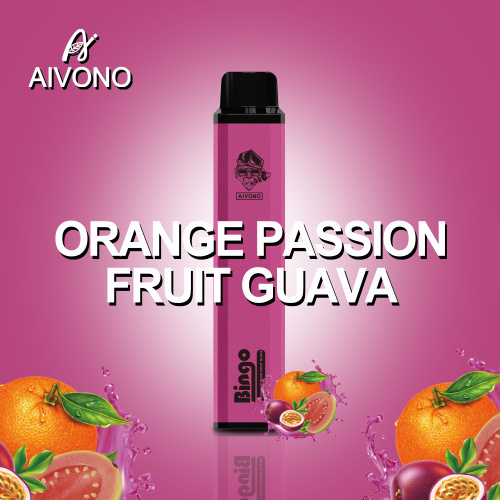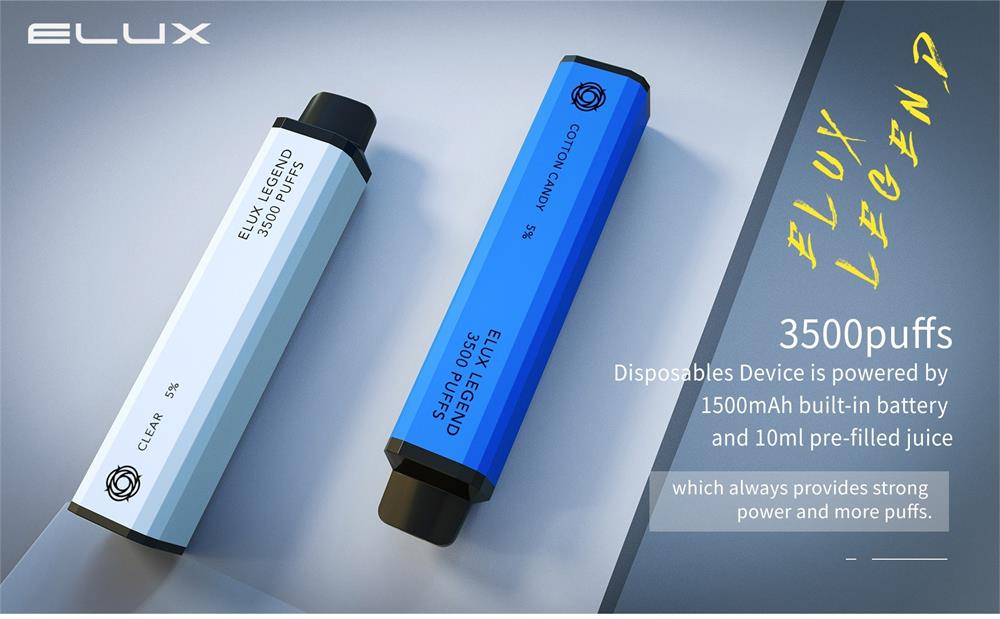First, dangerous goods: PVC floor, paint and other decoration materials, disposable plastic cups, plastic gloves, toys, raincoats, shoes, shower curtains, credit cards and other daily necessities, packaging bags, plastic wrap and other food packaging, and hair spray, lipstick, nails Oil, lotion and other cosmetics.
Contaminants Contained: Plasticizers
Plasticizers are also known as plasticizers (phthalate esters are the most widely used at present). They are not only used in the production of plastic products, but also in rubber, adhesives, resins, cables and other materials. The main function is to increase the flexibility, toughness and elasticity of the material, making it more durable.
Hazard: Wu Xueyu, chief physician of the Department of Endocrinology at Peking Union Medical College Hospital, told reporters that plasticizers (phthalate esters) have estrogen-like effects and that large intakes may interfere with the body's endocrine system. If it accumulates in the body for a long time, it will lead to hormonal disorders, leading to a decline in human immunity. The most serious is affecting fertility, causing children to be sexually disordered and inducing precocious puberty in children. Plasticizers can also harm human genes, increase the risk of cardiovascular disease, liver and urinary system will also be associated with injuries, and after the damage, may also pass the genes to the next generation. Other studies have confirmed that plasticizers cause cancerous reactions in animals.
Response measures: Wu Xueyuan said that for modern people, it is almost impossible to completely avoid plasticizers, but there is no need for excessive panic. As long as they are in normal contact, they will not harm the human body if they are used in quantity.
Dong Jinshi, general secretary of the International Food Packaging Association, suggested that plastic products should be used as little as possible and children should not be allowed to put plastic products into the mouth; it is better not to use plastic bottles to hold wine and oil. If it is necessary to install, it is best to choose the bottom of the bottle or There is a triangular mark on the bottle body and a plastic bottle with the number "1" in the triangle and stored in a cool and ventilated place; if the plastic product is marked with "PVC", it contains phthalate ester substances, and when purchased and used Be extra cautious; when heated in a microwave oven, it cannot be heated together with cling film. In meat, most plastic wraps contain phthalates. Once exposed to grease, they release harmful substances.
Wang Hongmei, deputy researcher of the Environmental Pollution and Health Research Office at the Chinese Academy of Environmental Sciences, said that home improvement chooses steel and wood furniture and floors as much as possible. When you buy everyday items, if you smell a lot of odor, it shows that the concentration of pollutants is relatively large, and it should be decisively abandoned. Zheng Ping, director of the Greenpeace Pollution Prevention and Control Program, reminded that when choosing children's products, plastic products that are too soft or too small should be avoided when PVC materials are to be avoided. Special attention should be given to the pungent "plastic" smell, or to the touch. Greasy and sticky plastic toys should be carefully selected.
Second, dangerous goods: tableware, water bottles, bottles, cans, glasses, mobile phones, computers, shopping tickets and so on.
Contaminants Contained: Bisphenol A
Bisphenol A can make plastic products become colorless, transparent, durable, drop-proof and widely used.
Hazard: Ng said that bisphenol A not only causes heart disease, but also induces diabetes and liver disease, affects the brain development of the fetus and children, and even increases the risk of prostate cancer and breast cancer. A study by Harvard University in the United States found that bisphenol A also increases the risk of female infertility. Dong Jinshi pointed out that once the bisphenol A is ingested by the human body, it is difficult to decompose and it will be passed on to future generations. It may also mutate and produce new toxic and harmful substances.
Response measures: Tang Saichen, deputy chairman of the Degradable Plastic Specialty Committee of the China Plastics Processing Industry Association, said that whether certain components in plastic products really harm the human body has a lot to do with how it is used. Daily life can pay attention to the following points: Do not use plastic cups of boiling water, because bisphenol A will only be released in high temperatures above 100 °C; do not use plastic bags hot food, so as to avoid toxic substances released at high temperatures, resulting in chronic Poisoning; do not use colored plastic bags cooked food, because the colored plastic bags are mostly made of recycled plastics, may release harmful substances; microwave heating to use a special bowl; new buy plastic products soaked in warm water for several days to speed up the release of residual double Phenol A and other harmful substances are used again; supermarket tickets may also contain such substances, and hands should be washed after contact.
Third, dangerous goods: household appliances shell, carpet, paint, sofa cushion fillings.
Contaminants Contained: Brominated Flame Retardants
A general term for bromine-containing organic compounds, used as a flame retardant, is applied to the surface of objects to prevent them from catching fire due to overheating.
Hazard: The addition of flame retardants to prevent fire is a good idea, but if the flame retardant is harmful to the human body, it may not be worth the damage. As a common pollutant, brominated flame retardant is persistent, easy to accumulate in the human body, interferes with the endocrine, immune and nervous system of the human body, causes overactive children, learning difficulties, and leads to decreased sperm quality and infertility in adults. Infertility. Brominated flame retardants also release carcinogens when incinerated.
Response measures: Prof. Wang Yingxi of the College of Chemical Engineering of Hubei University stated that flame-retardant furniture such as sofas, curtains, and wallpapers are best to use phosphating flame retardants instead of brominated flame retardants. At present, Europe has clearly stipulated that brominated flame retardants should not be used. However, in our country, the flame retardant standard is not strict in Europe, and the flame retardant effect of brominated flame retardant is the best, so there is still bromination resistance in the market. Fueled furniture. Consumers choose linen and wool fabric products when choosing soft furniture. If you are worried about potential problems, keep your room ventilated or plant orchids that absorb bromine. In addition, sponges with brominated flame retardants are commonly used on sofas, cushions, etc. Once the outer wrapping material is damaged, it should be immediately sewn. When buying home appliances, try to choose a product with the “ROHS” logo (representing the absence of most types of brominated flame retardants).
Finally, Wang Hongmei reminded consumers that in modern life, it is difficult to completely avoid these substances, but there is no need for excessive panic, because companies with qualified technology, qualified quality, and good reputation will produce and process products according to relevant standards and will not cause harm to the human body.







